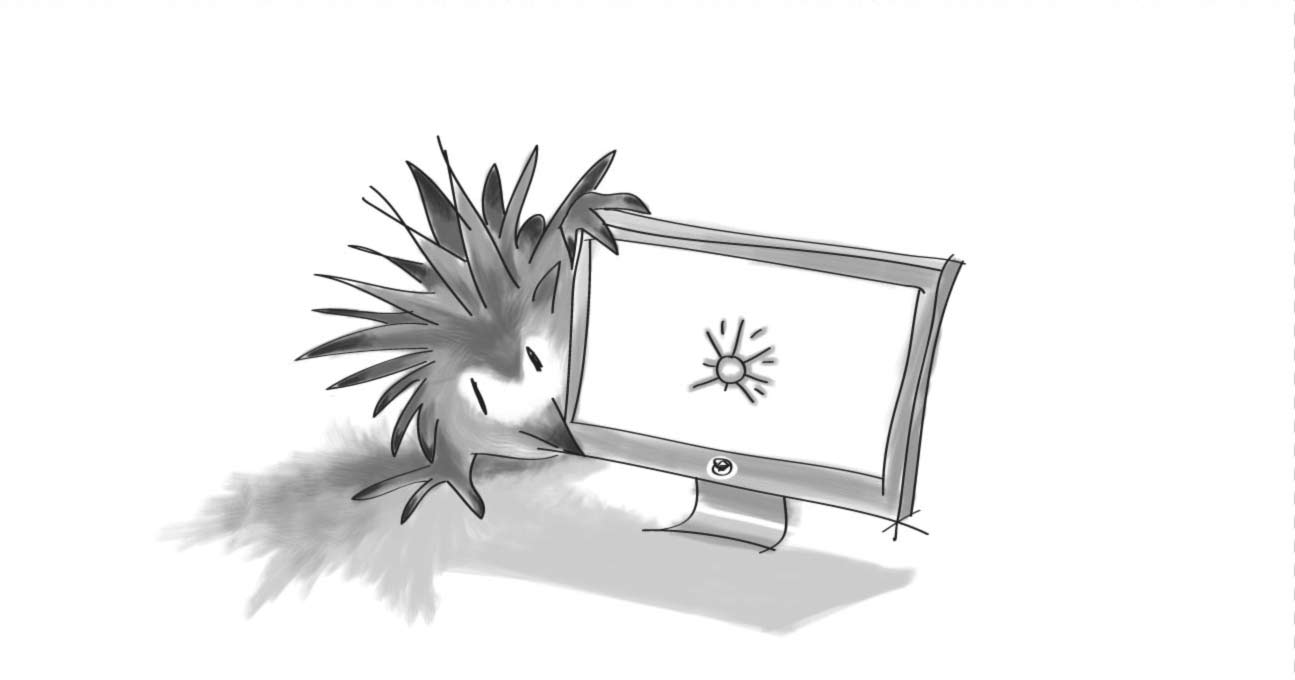When I Upgraded To Drupal 8, This Happened

Years ago when I first started working at Digital Echidna, we updated this stand-alone blog site, Thoughts On All Things Digital, to Drupal 8 from an older version of Drupal. Standalone meaning it is different from our public marketing echidna.ca website. Even a simple blog site like ours was a teeny tiny bit of a pain to upgrade to 8, quite honestly. But when I think back what difference it made, it was worth it.
This is what happened.
Configuration Management
Drupal 8 has configuration management baked into core. You can create entities, you can export those entities and can ultimately import those entities on another environment. Sure, Drupal 7 had Features, but something better is here. Need to enable some modules, and disable others? Need to install that view you have been working on? Drupal 8's core configuration management can do all of those in a single call.
RESTful APIs
Drupal 7 allowed for the creation of an API, but it took a little bit of work. So, I cut out all those workarounds we needed to do to create them, because RESTful web services are baked right in with Drupal 8. With a default Drupal install, you are just a few clicks away from exposing a web service that third parties can integrate with. It is easy to integrate with Salesforce CRM or an e-commerce solution such as BigCommerce and PayPal. In our case, it made for easy integration to our marketing automation platform, Mautic. If I need new or more integrations, I don’t have any interruption to my site.
Contrib Modules
Although not all contrib modules were ready the day Drupal 8 released, the ones we needed to use were ready soon enough. You will be able to continue your standard blog workflow practices and use popular features such as HoneyPot and Captcha/reCaptcha and that favourite search tool, Solr Search API! If the contrib module you are holding onto never "made it" to Drupal 8, there is something better in its place.
Future Proof
Drupal 9 is what everyone is talking about. Because this blog uses Drupal 8, the good and important news is that upgrading to Drupal 9 should be really easy — radically easier than upgrading from Drupal 7 to Drupal 8. Whenever our dev team updates Drupal 8 code to use the latest and greatest APIs, we get closer to that number 9 version. I am told that if we follow the timely release version updates, we benefit from improvements immediately, drop depreciated code, and will eventually slide into Drupal 9. There is no content migration or anything like that.
Drupal 9
The truth is, I am a little bit behind on an upgrade path not only because of the global pandemic taking front and centre and client care and service is our number one priority, but because this is a simple blog site, very small in its scope, and demands very little in terms of housekeeping. I wrote this today because Drupal 9 drops next week. When we go through the process of making this blog site officially and technically “Drupal 9”, I will be back to share with you how it went.
Have you inherited an older Drupal site and need support upgrading to 8 or want to start something new with Drupal 9? We can help. Connect with us.
What will happen when I update from Drupal 7 to Drupal 8?
SUBSCRIBE TO OUR E-NEWSLETTER
 Subscribe
Subscribe


